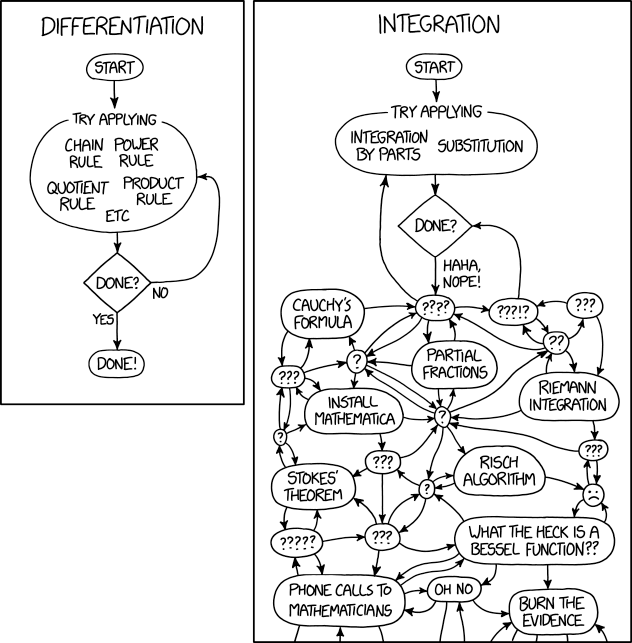Years ago, I went to a dinner hosted by Jayson Gaignard. Jayson is the author of Mastermind Dinners and the Founder of Mastermind Talks. I’ve since been to many of Jayson’s events. One of the cooler parts of the dinners was the moment between the main course and dessert. At that time, Jayson asked each person two questions:
- The Champagne Question: “If we were to meet a year from now with a bottle of champagne, what are we celebrating?”
- He carries a stack of 50 cards… Each one has a question. He pulls a random card and hands it to the person for them to answer.
After participating in a number of these dinners with Jayson and his guests, I started doing the same thing at the dinners I host at my workshops and Learning Leader Circle retreats. After each event, I seek feedback from the attendees. I typically receive a lot of positive feedback about the dinners and how quickly the attendees (some who had previously never met before) grow closer together through answering these questions. The list below is a combination of questions I’ve learned from Jayson as well as other mentors of mine… Feel free to use them at your dinner parties. (Note: I color code the cards. Light to Dark. Lighter colors mean lighter questions. Darker colors can sometimes lead people to deep and emotional places. Know your audience before going to the darker questions)
Light:
- What is one of the best or most worthwhile investments you’ve ever made?
- What do you consider to be your top business achievement?
- What have you found to be the commonalities among people who sustain excellence?
- What book have you recommended the most to others? Why?
- What’s the most important thing to instill in children?
- Who is the first person that comes to mind when you hear the word successful? Why?
- What does your perfect day look like?
- Complete this statement – “I lose track of time when…”
- What have you changed your mind about in the last few years?
- As you’ve gotten older, what has become more important to you?
- What opportunities have you been given that you’re most grateful for?
- If you could study with any expert in the world, who would you work with and what would you study? Why?
- What would your five closest friends say are your best qualities?
- What is your dream job?
- If you were asked to give a commencement speech, what would the title be? Why?
- Who do you admire most? Why?
- If you could be ANYWHERE in the world, where would you be right now? Who would you be with? And what would you be doing?
- Describe the happiest you’ve ever been – for someone else…
- What is one thing you couldn’t live without?
- What is the best advice you’ve received?
- What is the worst advice you’ve received?
- Friends know to call me when they need help with _____________
- What opportunity has come your way that you’re glad you turned down?
Medium:
- What have you dreamed of doing for a long time? Why haven’t you done it?
- What do you have no patience for?
- What do you value most in a friendship?
- What did your parents do for a living? What impact did that have on your choice of career?
- What is one thing that people always assume about you?
- What has been one of your happiest moments?
- Which of your parents has had the greatest influence on your life? Explain…
- What do you daydream about?
- Share an interesting fact about yourself that not many people would know
- What is something you believe that other people might think is crazy?
- What was a defining moment in your life? Why was it so impactful? What did you learn?
- What are 2-3 things on your bucket list?
- What is the kindest thing anyone has ever done for you?
- Would you like to be famous? In what way?
- What is one word that you hope people use (or will use) to describe you?
Dark:
- If you had to give up what you do professionally, what would you do instead?
- If you could change anything about the way you were raised, what would it be?
- What is a conversation that you’ve been avoiding?
- What is your secret ambition?
- If you had six months left to live, how would you spend that time?
- What is a devastating event in your life that turned out to be a blessing?
- When is the last time you made a substantial life change? Why?
- What is the hardest obstacle you’ve had to overcome in your life?
- What about your parents do you not want to replicate in your own life?
- What I don’t want you to know about me is…
- What are you worst at?
- If you really knew me, you’d know…
- What is a characteristic about yourself you rarely acknowledge?
The post Mastermind Dinner Questions appeared first on The Learning Leader Show.

